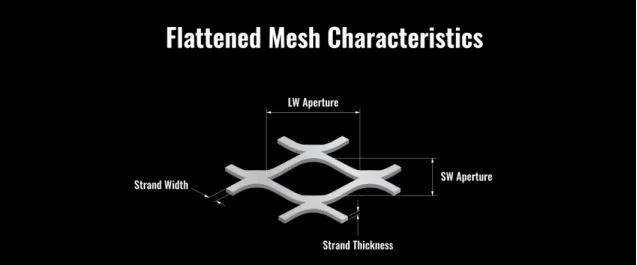Understanding Footing Drain Boards An Essential Component of Drainage Systems
Footing drain boards are an integral part of modern construction, particularly in regions prone to heavy rainfall or high water tables. These drainage systems help redirect water away from the foundation of buildings, preventing water accumulation that can lead to structural damage. This article explores the purpose, benefits, and installation of footing drain boards, offering insight into why they are crucial for effective drainage management.
What Are Footing Drain Boards?
Footing drain boards are typically made from durable materials such as high-density polyethylene (HDPE) or corrugated plastic. They are designed to be installed at the base of a building's foundation, where they collect and transport groundwater away from the structure. This prevents hydrostatic pressure from building up against the foundation walls, which can cause leaks, cracks, and even severe structural issues over time.
The boards function by providing a channel for water to flow freely away from the foundation. They are often used in conjunction with other drainage solutions, such as perforated pipes, gravel, and geotextile fabrics, to create a comprehensive drainage system.
Benefits of Footing Drain Boards
1. Structural Protection The primary benefit of footing drain boards is that they help maintain the integrity of the building’s foundation. By controlling water accumulation, they mitigate risks such as shifting, cracking, and other forms of structural degradation.
2. Mold and Mildew Prevention Excess moisture can lead to the growth of mold and mildew, which pose health risks to occupants. Footing drain boards help to keep the foundation and surrounding areas dry, reducing the likelihood of mold infestations.
3. Cost Effective Investing in a quality footing drain board system can save homeowners from costly repairs down the line. Preventing water damage is typically far less expensive than dealing with the aftermath of leaks, cracks, and structural failures.
4. Increased Property Value Homes equipped with effective drainage solutions like footing drain boards tend to have higher property values. Prospective buyers are often more attracted to properties that demonstrate proper care and preventative measures against water damage.
footing drain board

5. Environmentally Friendly Footing drain boards promote responsible water management. By directing water away from the foundation and into designated drainage areas, they can help replenish groundwater supplies instead of allowing excess runoff to contribute to erosion and flooding.
Installation of Footing Drain Boards
The installation of footing drain boards is best conducted during the construction phase of a home or building. The process generally involves the following steps
1. Excavation The area around the foundation is excavated to create space for the drain boards.
2. Preparation A layer of gravel is placed at the bottom of the trench to facilitate water flow. This layer may also include geotextile fabric to prevent soil from mixing with gravel, enhancing drainage efficiency.
3. Placement of Drain Boards The drain boards are positioned along the footings at the base of the foundation, ensuring proper alignment for optimal water flow.
4. Connection to Drainage System Perforated drainage pipes are often connected to the drain boards, transporting collected water away from the foundation and into a designated drainage area.
5. Backfilling After the installation, the trench is backfilled with soil or gravel, ensuring that the boards are securely in place and functioning effectively.
Conclusion
In summary, footing drain boards play a vital role in protecting buildings from water damage by efficiently managing groundwater. Their benefits extend beyond structural integrity to include enhanced health, property value, and environmental stewardship. Understanding and investing in proper drainage systems, including footing drain boards, is essential for any construction project, ensuring long-term safety and sustainability. Employing expert installation and maintenance practices will help maximize their effectiveness, ultimately safeguarding both the structure and its inhabitants.
-
Comprehensive Guide to Steel Grating Price and Its Global Impact
NewsNov.24,2025
-
Understanding Heavy Duty Steel Grating Price: Global Insights & Industry Trends
NewsNov.23,2025
-
Essential Guide to Wire Mesh Grating: Uses, Benefits & Innovations
NewsNov.23,2025
-
Welded Steel Bar Grating: Durable Solutions for Industrial Walkways & Infrastructure
NewsNov.22,2025
-
Wedge Wire Drain Solutions: Durable, Efficient Water Filtration and Drainage
NewsNov.22,2025
-
Comprehensive Guide to Twisted Bar Grating – Uses, Benefits & Future Trends
NewsNov.22,2025
Subscribe now!
Stay up to date with the latest on Fry Steeland industry news.

